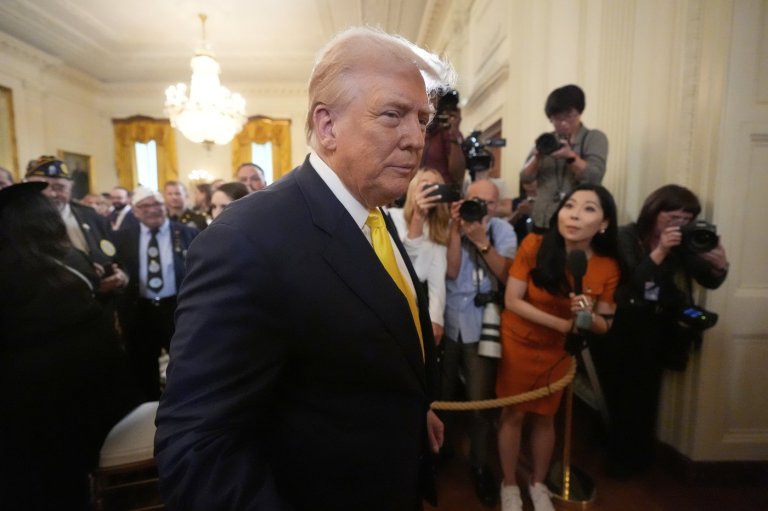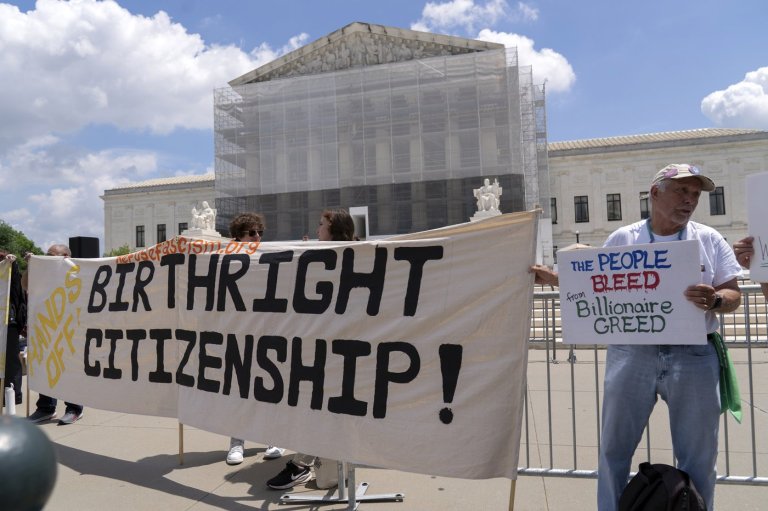
Applications for US unemployment benefits drop to 42-year low as companies hold onto workers
WASHINGTON – The number of Americans seeking unemployment aid fell last week, matching the lowest level in 42 years, strong evidence that employers remain confident enough in the economy to hold onto their staffs.
The Labor Department said Thursday that weekly applications for unemployment benefits fell 7,000 to a seasonally adjusted 255,000. Applications last touched that level in July, but before that hadn’t been so low since November 1973.
The four-week average of applications, a less volatile measure, dropped to 265,000, the lowest since December 1973.
There are signs the economy has slowed in recent weeks, in part because the strong dollar has cut into exports and overall hiring has weakened. Americans have also been reluctant to spend. But faltering growth has not yet led businesses to cut jobs.
The weekly applications are a proxy for layoffs and have been below 300,000 since March, a historically low level that typically points to solid hiring.
Yet hiring has stumbled in the past two months, raising worries that employers have turned cautious about adding jobs. The U.S. economy gained just 142,000 jobs in September and only 136,000 in August, below the average of nearly 229,000 in the previous 12 months.
Industries that have been directly affected by slower growth overseas and by the stronger dollar, such as manufacturing, have been cutting jobs. The dollar has risen about 13 per cent in value against foreign currencies in the past 12 months.
That makes U.S. exports more expensive in international markets while lowering the price for competing imports. Growth has also slowed or come to a halt in large economies such as China, Canada, Brazil and Europe.
Falling oil prices have also caused drilling companies to cut back on their orders for steel pipe and other equipment, another blow to factories.
The economy is expected to expand just 1 per cent to 1.5 per cent at an annual rate in the third quarter, a sharp drop back after 3.9 per cent growth in the second quarter.
All of which complicates the Federal Reserve’s decision on when to raise short-term interest rates, which have been pinned at nearly zero since December 2008. Fed Chair Janet Yellen has said it would likely be appropriate to raise rates before the end of this year, but slowing growth and weakening inflation could delay that move.
Join the Conversation!
Want to share your thoughts, add context, or connect with others in your community? Create a free account to comment on stories, ask questions, and join meaningful discussions on our new site.



















Leave a Reply
You must be logged in to post a comment.